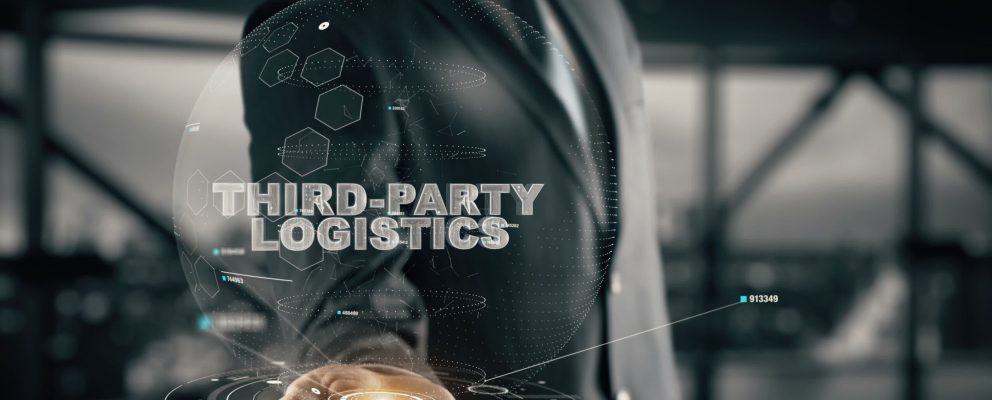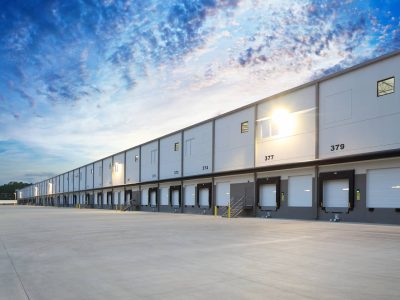Understanding Third-Party Logistics (3PL) is essential for businesses looking to optimise their supply chains. This piece focuses on 3PL, exploring its role in enhancing logistical operations through services like warehousing, transportation, and inventory management. We’ll detail what 3PL is, how it supports business efficiency and growth, setting the stage for a deeper dive into its processes and advantages.
Defining 3PL Process: A Closer Look
What is 3PL?
Third-Party Logistics (3PL) is the outsourcing of logistics and fulfillment tasks to specialised companies. These providers support businesses by taking on various logistics services, such as warehousing, transportation, and inventory management. 3PL allows businesses to improve their operational efficiency by handling complex logistics, freeing them to concentrate on their main products or services.
Steps in the 3PL Fulfillment Process
-
Receiving Inventory: The initial step involves 3PL providers taking receipt of goods from suppliers, a critical stage where accuracy and security are paramount.
-
Warehousing: Efficient storage solutions and sophisticated inventory management systems are employed to ensure products remain secure and easily retrievable.
-
Order Processing: This phase encompasses the selection (picking) and packaging (packing) of products, preparing them for their journey to customers.
-
Shipping: The culmination of the process, where products are dispatched to their final destinations. This step relies on meticulous coordination to select the best shipping routes and carriers, ensuring timely deliveries.
The Advantages of Utilising 3PL Services
The benefits of engaging 3PL services are far-reaching, affecting various facets of business operations:
-
Cost Efficiency: Outsourcing logistics can result in substantial savings across warehousing, labor, and transportation.
-
Scalability and Flexibility: 3PL providers offer the adaptability businesses need to scale operations up or down in response to market demands.
-
Access to Expertise: Leverage the logistical and regulatory knowledge of 3PLs to enhance efficiency and navigate complex compliance landscapes.
-
Core Business Focus: By offloading logistical tasks, companies can concentrate on refining and expanding their core products or services.
Distinguishing 3PL from Freight Forwarding
| Feature | 3PL (Third-Party Logistics) | Freight Forwarding |
|---|---|---|
| Primary Focus | Provides a comprehensive suite of logistics services including warehousing, inventory management, and order fulfillment. | Specializes in arranging the storage and shipment of goods, particularly for international transport. |
| Services Offered | – Warehousing – Inventory Management – Order Fulfillment – Transportation |
– Customs Brokerage – Insurance – Shipping Documentation – Transportation |
| Operational Role | Integrates into clients’ businesses, offering extensive operational support beyond mere shipping. | Primarily focused on transportation logistics, ensuring goods are moved efficiently across borders. |
| Key Distinction | Offers an extensive range of logistics services, managing multiple aspects of the supply chain. | Focuses on the shipping and transportation aspect, with a strong emphasis on cross-border logistics. |
| Business Integration | Acts as an extension of the client’s business, managing logistics operations comprehensively. | Acts as an intermediary between the client and transportation services, focusing on shipping logistics. |
The similarity between 3PL and freight forwarding often stems from their shared objective in logistics: facilitating efficient goods movement. However, their operational focus and service breadth are what set them apart.
-
Commonality: Both services aim to streamline the logistics process, making it easier for businesses to manage the movement of goods. This shared goal can lead to confusion about their roles.
-
Freight Forwarding Focus:
-
Specialises in arranging the storage and shipping of goods, especially across borders.
-
Manages tasks like customs brokerage, insurance, and shipping documentation.
-
Primarily concerned with transportation logistics.
-
-
3PL Services:
-
Provides a wider range of services beyond transportation, including warehousing, inventory management, and order fulfillment.
-
Integrates into clients’ businesses for a comprehensive logistical solution, offering operational support that extends well beyond shipping.
-
-
Key Difference: The main distinction lies in the breadth of services—freight forwarding focuses on shipping and transport, while 3PL offers an extensive suite of logistics services, handling more complex aspects of the supply chain.
This comparison highlights the need for businesses to assess their specific logistical requirements when choosing between these two services.
The Impact of 3PL on Business Growth and Efficiency
The adoption of 3PL can significantly streamline business operations, yielding benefits such as:
-
Operational Efficiency: Simplified processes lead to enhanced reliability and efficiency in operations.
-
Customer Satisfaction: Expedited delivery times and superior service quality, courtesy of 3PL expertise, can markedly boost customer satisfaction.
-
Global Market Access: Businesses can tap into the vast networks of 3PL providers to venture into new markets with relative ease.
-
Risk Management: Navigating regulatory compliance and managing shipping protocols are made easier with 3PLs, mitigating logistical risks.
Scenario Example
A Melbourne-based electronics manufacturer needs to distribute products across Western Australia efficiently. They choose to collaborate with a Perth-based Third-Party Logistics (3PL) provider to utilise their warehousing and distribution capabilities.
-
Partnership Formation: The manufacturer and the Perth 3PL establish a service agreement focused on warehousing, inventory management, and direct distribution across Western Australia.
-
Shipping to Perth: The initial batch of products is transported to Perth by road freight, based on the 3PL’s logistical expertise and regional knowledge.
-
Warehousing: The 3PL in Perth receives and stores the shipment. Their warehousing system ensures products are securely stored and organised for quick access.
-
Distribution: For customer orders within Western Australia, the 3PL manages the picking, packing, and direct delivery process, aiming for efficient and timely distribution.
-
Continuous Improvement: The 3PL provides regular updates on warehousing efficiency and distribution effectiveness, working with the manufacturer to optimise the supply chain continually.
Conclusion
Integrating 3PL into business logistics strategies offers a plethora of strategic advantages, from operational efficiency to enhanced customer satisfaction and beyond. The role of 3PL in transforming business logistics cannot be overstated, underscoring its potential to drive growth and streamline operations.
For businesses looking to refine their logistics operations or expand their market reach, the strategic advantages of partnering with a 3PL provider are undeniable. Assess your logistics needs and consider reaching out to a reputable 3PL provider to explore tailored solutions that can propel your business to new heights.







